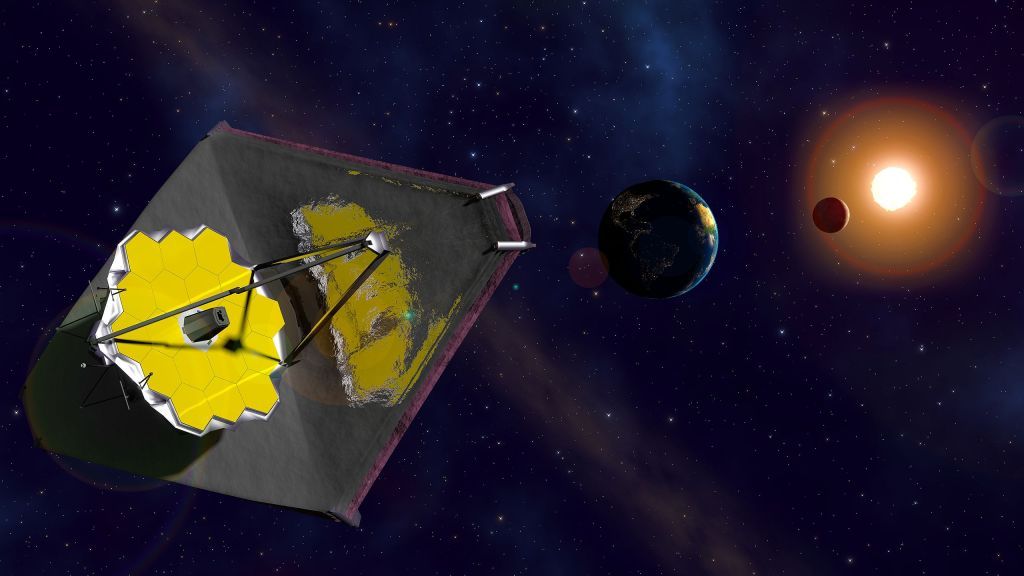A key instrument on the James Webb Space Telescope is facing sensor issues.
One mode of the Mid-Infrared Instrument (MIRI) on the James Webb Space Telescope (JWST or Webb) is receiving less sensor “throughput” — less than the expected amount of light — at the longest wavelengths. NASA officials are investigating the cause.
“No effect has been seen for MIRI imaging, and there is no risk to the instrument. All other observation modes — within MIRI and each of Webb’s other scientific instruments — remain unaffected,” NASA officials wrote in an update (opens in new tab) late Friday (April 21).
“NASA and its partners are developing a systematic plan to approach, analyze and then explore the issue. The Webb team will continue MIRI observations as planned,” the update added.
Related: 12 amazing James Webb Space Telescope discoveries across the universe
MIRI has both a camera and a spectrograph (a device that can divide light into different wavelengths) to detect light from distant objects like galaxies, comets or young stars. It can also image faint objects in our own solar system, such as bodies in the Kuiper Belt, a donut-shaped ring beyond Neptune’s orbit.
This isn’t the first time that MIRI has faced down a glitch with the Medium Resolution Spectrometer. The instrument had a stuck grating wheel for a few months between August and November 2022, but MIRI was still able to observe in other modes.
While NASA continues to investigate what went wrong this time with MIRI, Friday’s update suggests the Webb team may be able to get around the issue by “taking slightly longer exposures at the affected wavelengths” for clearer imaging, if necessary.
The $10 billion Webb has mostly been working well since launching on Dec. 25, 2021. It operates nearly 1 million miles (1.5 million kilometers) from Earth in a gravitationally stable location in space known as Lagrange point 2.
The telescope could operate for at least 20 years in space and has already collected a clutch of stunning images in its near-year of full science operations, including an incredible picture of Uranus just weeks ago.
Elizabeth Howell is the co-author of “Why Am I Taller (opens in new tab)?” (ECW Press, 2022; with Canadian astronaut Dave Williams), a book about space medicine. Follow her on Twitter @howellspace (opens in new tab). Follow us on Twitter @Spacedotcom (opens in new tab) or Facebook (opens in new tab).

